Early wet conditions caused significant delays in planting dates across Ohio. Additional issues such as poor crop establishment also led to replanting in some areas. A tour of Ohio’s corn crop during the first half of August found that some corn fields were still in vegetative stages.
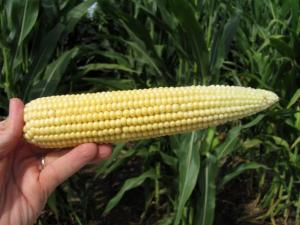
Corn ear at late vegetative stages, Ross Co. Ohio
The main question is whether this late corn will safely reach physiological maturity (black layer, R6) before frost. We present 3 planting dates using the Useful to Usable (U2U) tool to develop scenarios to answer this question. U2U provides county-level estimates based on historical growing degree days (GDDs) accumulation, planting dates, relative hybrid maturities, GDDs to black layer and historical freeze temperature dates.
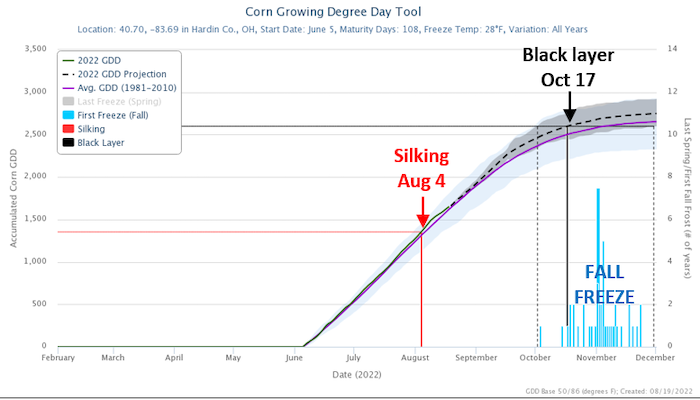
Figure 1. U2U projections for Hardin County. GDD start date June 5.
Scenario 1 (Shown Above)
Location: Hardin County, Ohio | Hybrid relative maturity: 108-days
GDD start date: June 5 | Approx. planting date: June 1
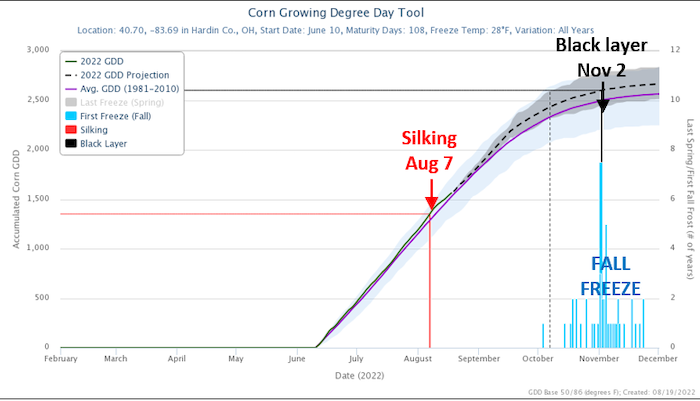
Figure 2. U2U projections for Hardin County. GDD start date June 10.
Scenario 2 (Shown Above)
Location: Hardin County, Ohio | Hybrid relative maturity: 108-days
GDD start date: June 10 | Approx. planting date: June 5
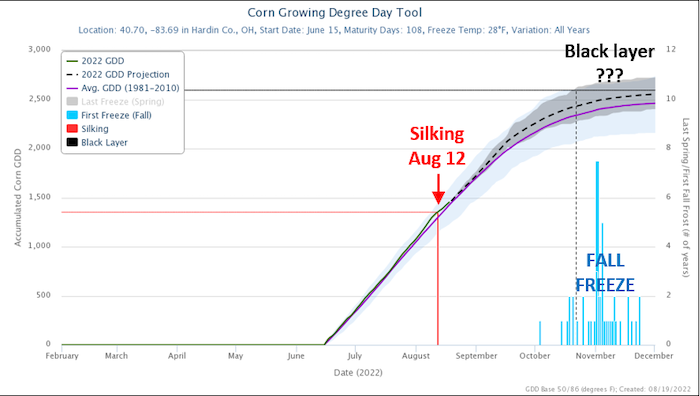
Figure 3. U2U projections for Hardin County. GDD start date June 15.
Scenario 3 (Shown Above)
Location: Hardin County, Ohio | Hybrid relative maturity: 108-days
GDD start date: June 15 | Approx. planting date: June 10
The projected silking (R1) dates for scenario one is August 4, scenario two is Aug. 7, and for scenario three is Aug. 12. Regarding the crop reaching physiological maturity, scenario one black layer is expected by Oct. 17 and scenario two by Nov. 2. For scenario three, the black layer is not likely to happen, and a freeze will terminate the crop. When the crop does not make it safely to physiological maturity (black layer, R6), lower grain weight (and yields) will result. Notice that the latest planted estimation in all three scenarios was for June 10. Therefore, the outcomes worsen if the crop was planted (or replanted) after June 10 for a 108-day hybrid (as example).
Scenario 3 may not have as harsh an outcome as shown in Figure 3. One important additional note on using the U2U tool to predict silking or maturity, U2U assumes the same GDDs to reach the black layer for the same hybrid, regardless of when it is planted. However, research has shown that hybrids adjust to later planting by maturing with fewer GDDs. A calculator that help further adjust the U2U output can be found in this article on corn’s ability to adjust GDD from Corny News Network, Indiana. Using this tool to adjust our scenario three from 2594 GDDs to black layer (U2U default) to 2322 GDDs (adjusted using the GDD calculator [40 days after May 1] and adding this as an input in U2U) shows the corn reaching black layer by October 5 (see below).
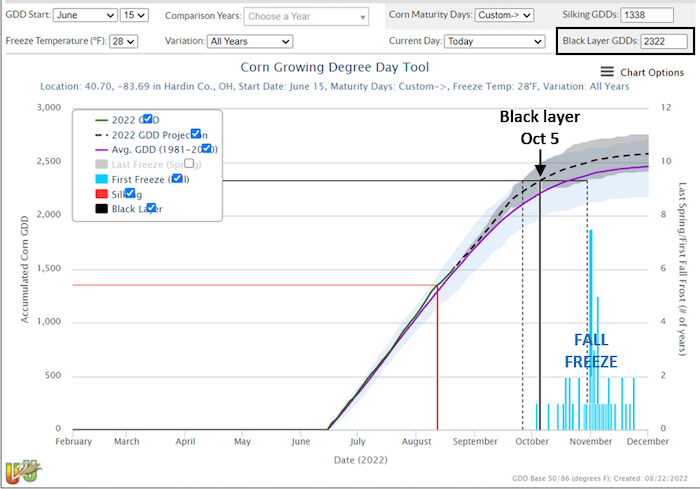
Figure 4. U2U for Hardin County with GDDs adjustment. GDD start date June 15.
We encourage you to use the U2U tool for your specific situation. Different locations, planting dates, and hybrid maturity will impact your outcomes. A summary from May 2022 of U2U output and delayed planting can be accessed here.
Knowing the chances of reaching physiological maturity safely before a fall frost or killing freeze is necessary as alternative options can be available, such as harvesting for forage or silage to maximize value by mitigating potential losses (lower yields).






